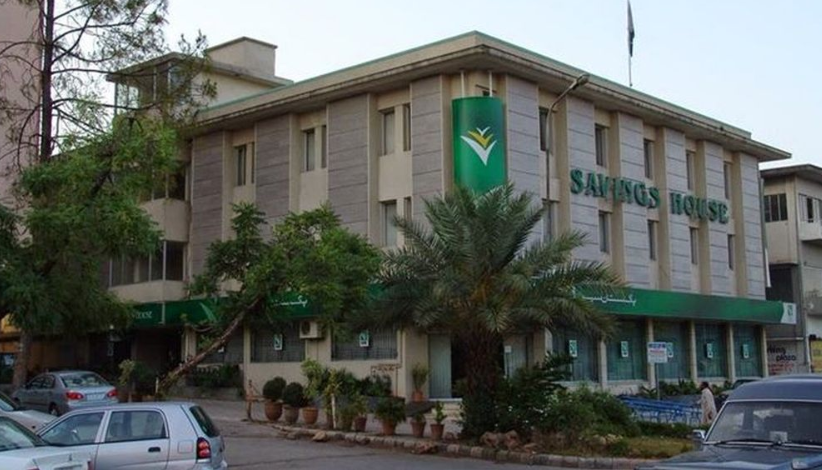The Government of Pakistan has announced a cut in profit rates across most National Savings Schemes (NSS) as part of broader monetary easing in response to falling interest rates. These revisions align with the State Bank’s reduced policy rate of 11%, down from a peak of 22% in mid‑2024.
📅 Effective Date: June 27, 2025
The new profit rates were made effective on June 27, 2025, following internal notifications from the Central Directorate of National Savings (CDNS).
📉 What’s Changed?
| Scheme | New Rate (%) | Reduction (bps) |
|---|---|---|
| Savings Account | 9.50 | — (unchanged) |
| Special Savings Certificate (SSC) | 10.60 | –30 |
| Defence Savings Certificate (DSC) | 11.76 | –15 |
| Regular Income Certificate (RIC) | 11.16 | –36 |
| Sarwa Islamic Term & Savings Accounts (SITA/SISA) | 9.75 | –59 |
| Pensioners Benefit, Behbood, Shuhda Accounts | 13.20 | –24 |
🚨 Why the Cuts?
Policy Alignment
This move mirrors the SBP’s rate cuts—the central bank has reduced interest rates by 1,000 basis points since June 2024, cutting the policy rate to 11% by mid-2025.
Govt Cuts Profit Rates on National Savings Schemes.
Cost of Funds
Declining yields on government instruments (like Treasury Bills and Pakistan Investment Bonds) have pressured CDNS to adjust NSS returns downward accordingly.
Liquidity Management
Lower savings rates help curb excess liquidity and manage government borrowing costs, given high outstanding debt and fiscal constraints.
👥 Who’s Most Affected?
- Retirees & Low‑Risk Investors: Investors in Behbood or Pensioners schemes (drawing monthly income) will see lower payouts, which could impact household budgeting.
- Islamic-Savvy Investors: Those using Sarwa Islamic products will feel the steepest cut—loss of nearly 0.6% annually.
- Conservative Savers: Although accounts like Savings Account maintained 9.5%, overall returns have declined, making NSS less attractive versus other instruments.
Consumer discussions echo these concerns:
“When interest rates increased to 22 percent they didn’t keep up. The highest [BSC] rate given was 16.5 percent … No compounding … Bad customer service”
🔍 Broader Economic Context
- The SBP paused rate cuts in March 2025, holding the policy rate at 12% amid inflation stabilization and currency concerns—but further easing was not ruled out.
- Reduced interest rates are intended to spur economic activity, lower borrowing costs, and relieve debt servicing pressures—though they squeeze returns on NSS.
💡 What Should Investors Do?
- Review Portfolio Strategy
Reassess the role of NSS in your mix. As returns fall, consider shifting to alternatives like low-risk mutual funds or equity funds—while understanding tax implications. - Explore Alternatives
Instruments such as money market funds (e.g., MCB Cash Optimizer, NBP savings fund) or conservative fixed-income schemes may potentially offer better net returns in the new rate environment . - Stay Updated on Policy
Although CDNS rarely issues detailed public rate sheets promptly, keep informed via trusted news sources or directly through CDNS announcements. - Factor in Non-Compounding
Some NSS instruments like Behbood do not compound interest—monthly profit is fixed once invested, regardless of later rate cuts.
✅ Final Thoughts
The cut in profit rates across most National Savings Schemes (effective June 27, 2025) reflects a monetary environment of easing interest rates and fiscal rebalancing. While these measures attempt to reduce government borrowing costs and stimulate growth, they also mean lower returns for conservative savers—especially pensioners and those using Islamic savings schemes.
Navigating this environment requires a reassessment of risk tolerance, investment horizon, and diversification across financial instruments. Conservative investors may now need to balance the appeal of government-backed security with emerging alternatives offering competitive yields.



